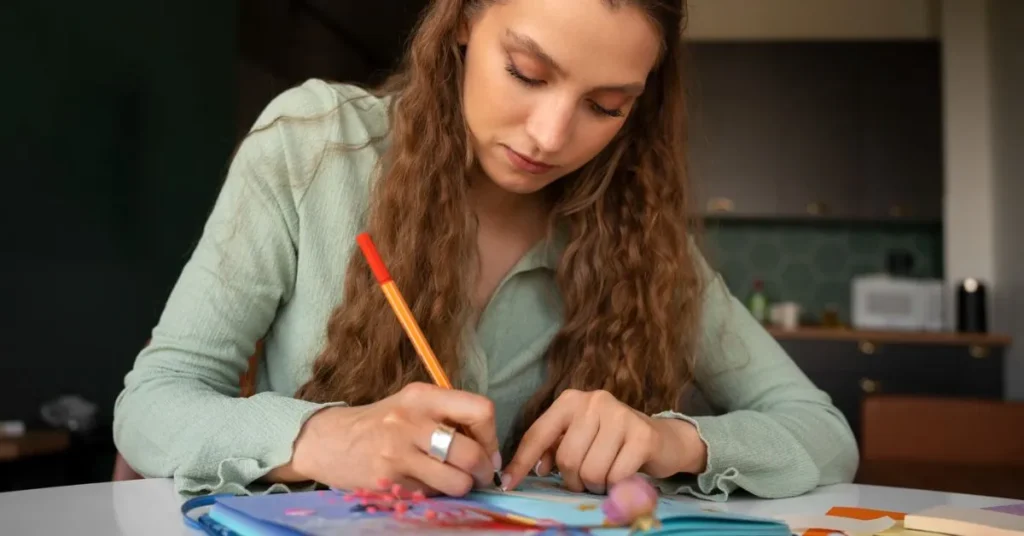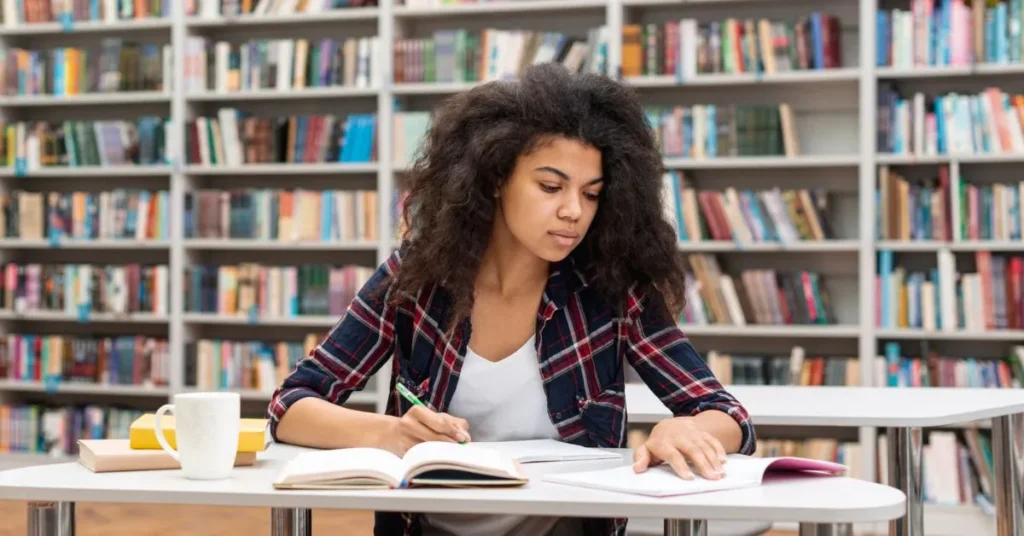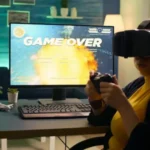A Personal Education Plan (PEP) is an essential tool in modern education, designed to meet the specific needs of individual students. With the growing emphasis on personalized learning, PEPs have become critical in helping students achieve their full potential. This article explores what PEPs are, their importance, and provides an in-depth look at their structure and implementation. For those interested in tailored educational pathways in specific careers, such as becoming a physical therapist, you can find more information in this how to become a physical therapist.
What is a Personal Education Plan (PEP)?
A PEP is a customized educational strategy developed to support the unique educational requirements of an individual student. It serves as a roadmap, outlining specific educational goals, strategies, and resources tailored to the student’s strengths, weaknesses, and interests.
Importance of Personalized Learning in Modern Education
Personalized learning recognizes that students have varied learning styles, paces, and interests. Implementing PEPs allows educational systems to accommodate these differences, thereby enhancing student engagement, satisfaction, and academic outcomes.
Understanding Personal Education Plans
Purpose of a PEP
The primary purpose of a PEP is to ensure that all students have access to a learning environment that best suits their individual needs. It aims to bridge gaps in learning and provide support where necessary, making education a more inclusive experience.
Historical Development of PEP
PEPs have evolved from special education needs programs to mainstream educational tools. This shift reflects a broader educational movement towards inclusivity and personalized learning.
Core Components of a PEP
A typical PEP includes learning goals, teaching strategies, assessment methods, and support services, all designed to cater to the specific educational needs of the student.

Types of Personal Education Plans
Plans for Special Education Needs
These plans focus on students with disabilities, ensuring they receive the accommodations needed to succeed in school.
Gifted and Talented Student Plans
These are designed for students who exhibit high capabilities in areas such as academics, creativity, or leadership.
Plans for Students at Risk of Academic Failure
These PEPs aim to provide additional support to students who are at risk of falling behind their peers, helping to close the achievement gap.
Key Stakeholders in a PEP
Roles of Teachers
Teachers are crucial in identifying the educational needs of their students and designing and implementing effective PEPs.
Involvement of Parents or Guardians
Parents play a supportive role by providing insights into their child’s learning habits and challenges, contributing to a more tailored educational plan.
Contribution of Educational Psychologists
Educational psychologists assess students’ needs and provide insights into the best educational practices and interventions.
Development and Implementation
Steps to Design a PEP
Designing a PEP involves assessing the student’s needs, setting achievable goals, and selecting appropriate educational strategies and resources.
Tailoring Curriculum to Individual Needs
The curriculum within a PEP is adapted to fit the learning style and pace of each student, ensuring they can engage with the material effectively.
Monitoring and Adjusting the PEP
Regular assessments are crucial to determine the effectiveness of a PEP and make adjustments as needed to meet the student’s evolving educational needs.

Tools and Resources
Technological Tools for Creating PEPs
Various software and applications are available today that help educators create effective and manageable PEPs.
Educational Resources for Personalized Learning
Customized educational materials and resources are integral to supporting the diverse learning strategies outlined in PEPs.
Online Platforms and Software
Many online platforms provide access to a wide range of learning materials that can be integrated into PEPs, enhancing learning opportunities.
Benefits of PEPs
Enhanced Learning Outcomes
Students with PEPs often experience improved academic performance as their learning environments are tailored to their needs.
Increased Student Engagement
Personalized education plans are more engaging for students as they feel their educational experiences are more relevant to their personal interests and goals.
Better Accommodation of Learning Styles
PEPs accommodate various learning styles, ensuring that all students have the opportunity to succeed in their educational endeavors.
Challenges and Limitations
Common Obstacles in Implementing PEPs
Resource limitations, lack of trained personnel, and rigid curriculum structures are common challenges faced when implementing PEPs.
Addressing Diverse Educational Needs
Educators must be adept at managing the diverse needs of their students, which can be logistically and pedagogically challenging.
Balancing Standard Curriculum with Personalized Plans
Integrating personalized plans within the framework of a standard curriculum requires careful planning and flexibility.
Case Studies
Numerous schools have successfully integrated PEPs, resulting in remarkable improvements in student engagement and academic outcomes. These case studies highlight the transformative potential of personalized learning.
Expert Insights
Educational leaders and experienced educators alike emphasize the significance of Personal Education Plans (PEPs), advocating for their role in fostering personalized learning. They provide valuable insights and best practices for designing and implementing PEPs effectively, highlighting their transformative impact on meeting diverse student needs.
Legal and Policy Framework
The legal and policy framework for PEPs involves national standards and guidelines that dictate their development and implementation. Legal considerations crucial for educators and policymakers are thoroughly explored to ensure compliance and effectiveness. Additionally, recent policy changes impacting PEP implementation are analyzed, offering insights into the evolving educational landscape.
Future of PEPs
The future of PEPs looks promising, with advancements in educational technology and a growing recognition of the importance of individualized learning. As educational paradigms shift, PEPs are poised to play a pivotal role in shaping future educational frameworks.

Conclusion
Personal Education Plans represent a significant advancement in the way education is delivered. By focusing on the individual needs of each student, PEPs not only enhance academic performance but also support personal growth and lifelong learning. For more information about this visit here!
FAQs
Who are the key stakeholders in a PEP?
Key stakeholders include teachers, parents or guardians, and educational psychologists, each playing a crucial role in the development and implementation of the plan.
How are PEPs beneficial to students?
PEPs enhance learning outcomes, increase student engagement, and better accommodate individual learning styles, making education more effective and enjoyable.
What are some challenges in implementing PEPs?
Challenges include balancing personalized plans with standard curricula, addressing diverse educational needs, and ensuring adequate resources and training for educators.
What is the future of Personal Education Plans?
The future of PEPs includes integration of more advanced technologies such as AI, a greater focus on inclusive education, and ongoing adaptations to educational policies and curricula to support personalized learning.











